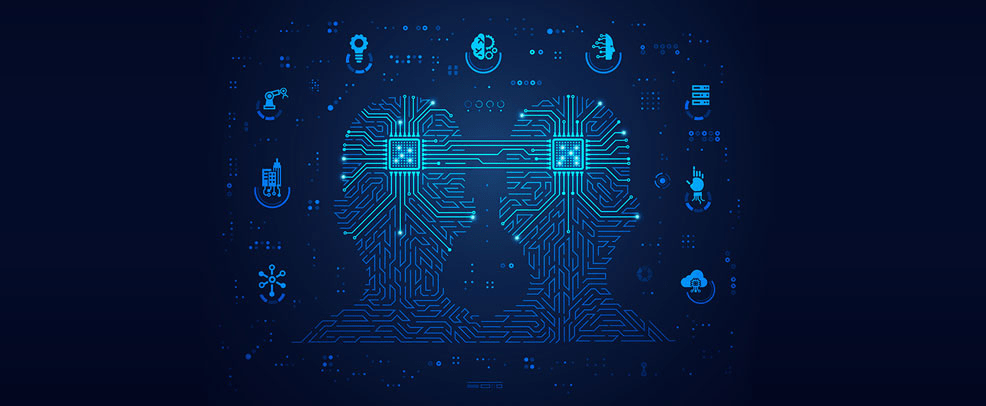What is Digital twin?
A digital twin is an electronic replica of a real object, process, or service. A digital twin is a digital counterpart of a real thing, such as a jet engine or wind generators, or even larger entities, such as skyscrapers or entire towns. In addition to physical assets, digital twin technology may be used to reproduce processes in order to collect data on how they will operate in the future.
A digital twin is essentially a computer software that uses real-world data to generate simulations of how a product or process would function. To improve production, these programmes can use the internet of things (IoT), artificial intelligence, and software analytics.
The same Computer aided Design (CAD) and modelling software that designers and engineers use in the early phases of product development is used to generate digital twins. With a digital twin, there is a distinction since the model is kept up to date for subsequent phases of the product’s lifespan, such as inspection and maintenance, and is frequently controlled through product lifecycle management (PLM) software.
How does a digital twin function?
The value of digital twins is based on their capacity to combine real-world assets with real-world data in order to better visualise them. Cross-functional teams may use digital twins to design, construct, test, deploy, and run complex systems in an interactive and immersive manner. They assist businesses in understanding the past, assessing current situations, and preventing future issues. Sales and marketing insights, analysis, 3D visualisation, modelling, and prediction are used to inform decision-making.
Advantages of a digital twin
Digital twins can lower the expense and risk of being required to work on the physical things they represent since they are virtual. Additional advantages include the following:
- Increased operational effectiveness as a result of quicker, more efficient manufacturing and more timely data;
- More efficient and less expensive R&D by substituting virtual prototypes, which are more adaptable and generate more data, for physical prototypes, which may be expensive and difficult to alter;
- Greater equipment uptime due to the ability to investigate maintenance concerns in a single digital twin rather than needing to shut down all the equipment to isolate a problem;
- More precise knowledge of a product’s age and contents will lead to improved product end-of-life activities, including refurbishing and recycling.
Challenges of the digital twin?
Large-scale data collection is one thing, but intelligent data consumption is quite another. The greatest decisions are made with data, but the quality of your data depends on how well you can use it to model and forecast business situations.
Every business undergoing a digital transformation faces the risk of becoming overwhelmed with raw data before figuring out how to analyse and use it. Capturing raw data is no longer as difficult as processing it, removing unnecessary information, integrating it, and turning it into data that the user can understand in the context of their application.
The major problem is releasing the power of information. Databases, spreadsheets, and models have buried enterprise and IoT data (CAD, BIM, GIS). That data can come to life via real-time 3D digital twins.


